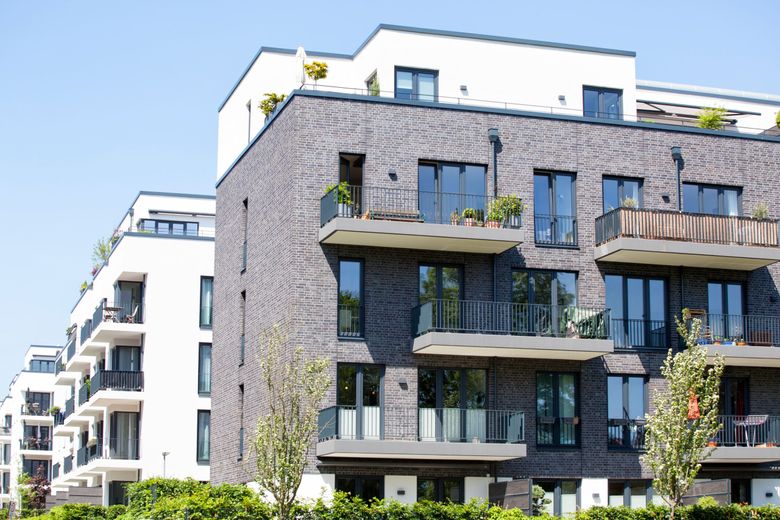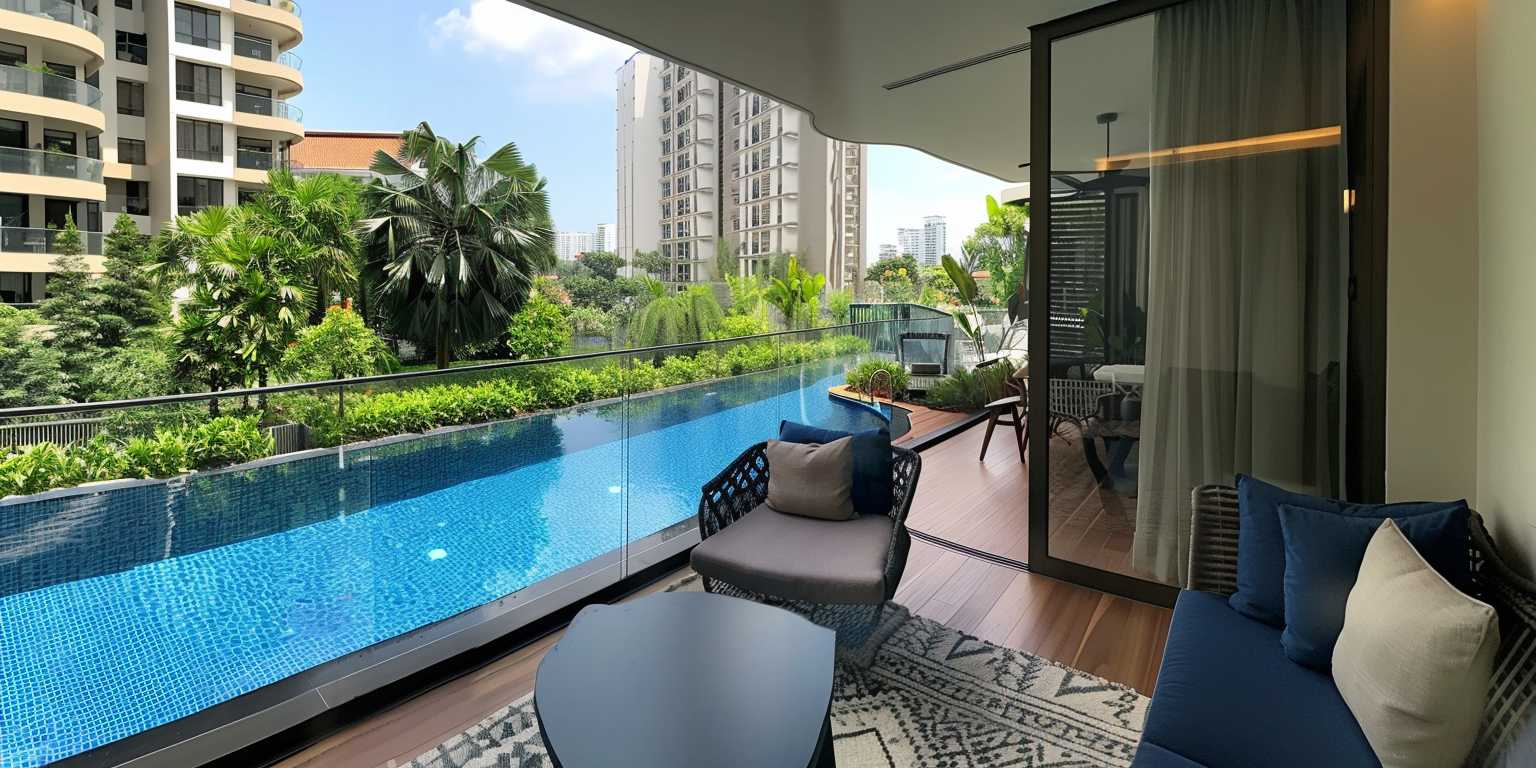Condominium living comes with unique rules and restrictions that shape residents’ daily experiences in ways that many first-time buyers fail to anticipate. These regulations, established by the association’s governing documents, influence everything from noise levels to pet ownership, home businesses, and interior design choices. Prospective buyers should thoroughly review these rules before purchasing at developments like River Modern or any condominium property to ensure compatibility with their lifestyle preferences and expectations.
Noise and quiet hours
Noise regulations represent one of the most impactful aspects of condominium living. Most associations establish specific quiet hours, typically from 10 PM to 8 AM on weekdays and with slight extensions on weekends. During these hours, residents must minimise sound transmission, affecting everything from home entertainment systems to appliance usage and social gatherings. These restrictions protect residents from disturbances but can feel constraining for night owls or those accustomed to greater freedom.
Hard surface flooring often faces particular scrutiny, with many associations requiring sound-dampening underlayment or limiting complex flooring installation to certain areas. Musicians face additional challenges, as practising instruments may be restricted to specific hours regardless of volume levels. Even everyday conversations can sometimes be problematic in buildings with poor sound insulation. Before purchasing, visiting the property at different times helps assess actual noise conditions and how strictly regulations are enforced, as practices vary widely between communities despite similar written rules.
Pet policies vary widely
Animal restrictions show tremendous variation across condominium communities:
- Weight limits (commonly 25-50 pounds) that exclude larger breeds
- Numerical limits (typically 1-2 pets per unit)
- Species restrictions (many communities prohibit certain breeds or exotic pets)
- Designated relief areas with mandatory waste removal requirements
- Leash requirements in all common areas
Some associations levy additional pet fees or deposits to cover potential damages, while others establish registration requirements, including vaccination records and photographs. Enforcement approaches also differ significantly, with some communities maintaining strict compliance while others adopt more relaxed attitudes toward minor infractions. For pet owners, these regulations can profoundly impact daily routines. Dog walking paths, relief area locations, and elevator access routes become important daily considerations. Communities with pet-friendly amenities like washing stations or designated play areas provide valuable conveniences that enhance pet ownership experiences within otherwise restrictive environments.
Visual uniformity rules
Appearance regulations extend beyond common areas into individual units in ways that surprise many first-time condo buyers. Window coverings visible from outside typically face strict guidelines regarding colour, style, and even opening patterns. Many associations mandate white or neutral backings for all window treatments to maintain visual consistency from exterior viewpoints. Balcony and patio usage regulations further control the community’s appearance. Restrictions commonly prohibit visible storage, laundry hanging, certain furniture styles, and plant types or containers. Holiday decorations face specific time limitations and style guidelines that can feel particularly restrictive for those accustomed to elaborate seasonal displays.
Rental and business limitations
Home-based business restrictions have grown increasingly relevant in today’s remote work environment. Many associations prohibit customer/client visits to units, visible signage, or businesses generating noticeable traffic. Some communities restrict specific business types entirely or require board approval before operation. Short-term rental prohibitions have expanded rapidly in recent years, with many communities establishing minimum rental periods of 30 days, 6 months, or even one year. Some associations cap the total percentage of units that may be rented simultaneously or implement waiting periods before new owners can rent them.
Condominium rules and restrictions create a structured environment that offers protections and limitations.












